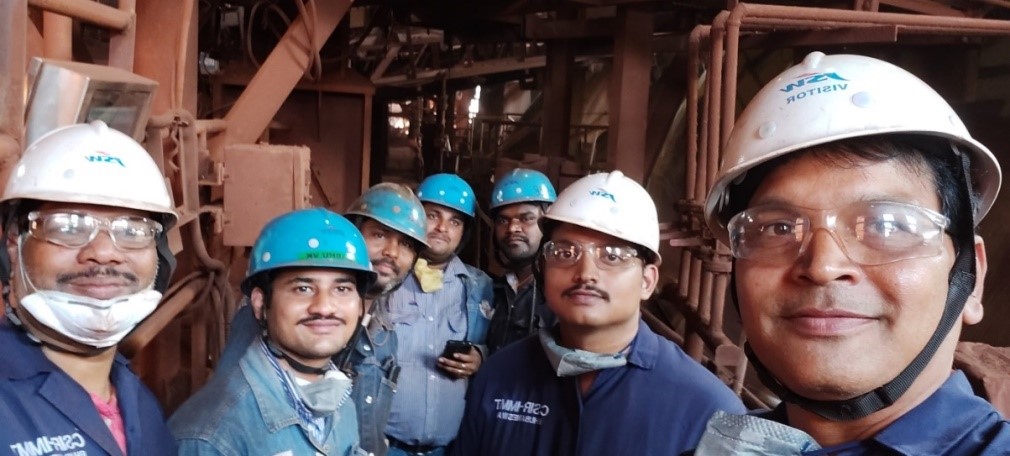Low-grade or fine-sized iron ores are left unattended at mine sites causing environmental pollution. After pelletization, these ores can be used in producing steel. Currently, monitoring of the pelletization process is done manually, which is a tedious and inaccurate process.
Researchers from the Institute of Minerals and Materials Technology (IMMT), Bhubaneswar, have developed an industrial instrument named “Eye-On-Pellet” to monitor pellets of equal size distribution trends using a camera-based image-processing algorithm in real-time.

Converting fine-sized iron ores to spherical balls is called pelletization. These pellets can be used in blast furnace and Direct Reduced Iron (DRI) plants to make steel. The system also alarms the operator in case more quantities of over- or under-sized pellets are produced. The size distribution trend is useful for an operator to control the process parameters to maintain the desired size range and reduce the recycling load.
“This system ensures that the pellet size throughout is monitored well and helps in timely controlling of the pelletization process. The instrument is much required to take corrective measures so as to enhance production with less energy consumption”, said Dr. Santosh Kumar Behera, Senior Scientist, IMMT.
The pelletization process enhances the value of low-grade iron-ore fines and makes them usable. In this process, the iron ore fines are converted to spherical balls of a typical size range of 8-18 mm. During the conventional process of preparing such spherical balls (called pellets) in a rotating disc, the size range of pellets does not remain constant due to variation in feed-ore characteristics.
At present, there is no online monitoring system and industries manage with visual inspection by operators and offline laboratory sieving and weighing method. The productivity of a pelletization plant depends mostly on an experienced supervisor or operator who has to keep an eye on multiple disc pelletizers at a time. This leads to sub-optimal performance. Due to this, a large quantity of over-sized and under-sized pellets is recycled leading to loss of production. The circular objects are viewed in the image and the algorithm will look into the size distribution of such objects.
“Generally industrial instruments are bought from outside but this is an indigenous industrial instrument. To take it further soon we will develop one with automatic control”, Dr. Debi Prasad Das, Principal Scientist, IMMT.
The technology has been developed under the instrumentation development program of the Department of Science and Technology (DST). It has been transferred to JSW, Vijayanagar, Karnataka for production and marketing. (ISW)
If you liked this article, then please subscribe to our YouTube Channel for the latest Science & Tech news. You can also find us on Twitter & Facebook.



